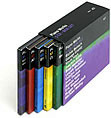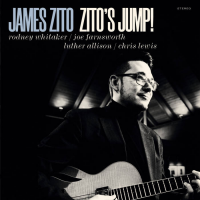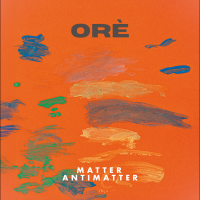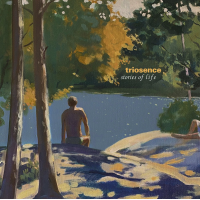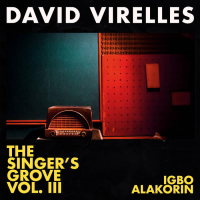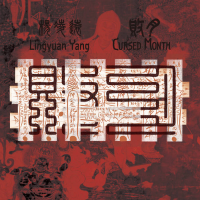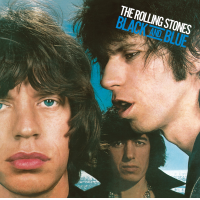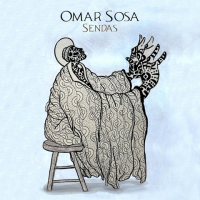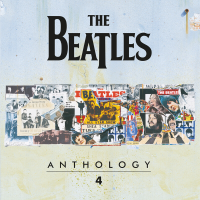Home » Jazz Articles » Album Review » Tomasz Stanko: Wolnosc w Sierpniu (Freedom in August)
Tomasz Stanko: Wolnosc w Sierpniu (Freedom in August)
Wolnosc w Sierpniu (Freedom in August) is an independent Polish release written for the Warsaw Rising Museum, which opened in August, 2004 to commemorate the 60th anniversary of the fight for Warsaw. Stańko was commissioned to write a suite of music for use by the museum, working here with an augmented version of his current quartet with pianist Marcin Wasilewski, bassist Slawomir Kurkiewicz, and drummer Michal MiÅkiewicz. Stańko's characteristic openness imbues these six tracks totalling just under half an hour of music. However, the addition of the Polish Radio Orchestra's string section, as well as synthesizer, percussion, and saxophone—the latter played by Tomasz Szukalski, a Stańko collaborator since the 1970s—creates a more broadly-textured work, a stronger blend of Stańko the composer with Stańko the improviser.
And yet, while songs like the title track clearly have more detailed arrangements, there's an airiness and a sense of freedom that perfectly embodies the spirit in which these pieces were composed. As Stańko has aged, like Italian trumpeter Enrico Rava, he has found a more centrist way of retaining the freedom that's imbued his work since he first emerged in the 1960s with Polish composer Krystof Komeda and Alexander von Schlippenbach's Globe Unity Orchestra. Rather than confining, Stańko's arrangements paradoxically seem to liberate him to the point where defined melodies and improvisations become almost one and the same.
While the leader's is the primary voice, Wasilewski and Szukalski both have their own opportunities to explore the potential of Stańko's lush and accessible compositions. On his own records, as well as Manu Katche's recent release, Neighbourhood, Wasilweski is proving to be not only a highly adaptable player, but one whose elegant language is evolving in leaps and bounds.
The title track, though at a bright tempo, retains a certain darkness in texture, while "Hope Song" is more ethereal, Stańko's voice rising above the wash of synthesizers and strings. "Rising Ballad" begins with Stańko's plaintive voice alone, the mournful tone and soft accompaniment evoking the mixed emotions of freedom gained and lives lost. "Crash Song," on the other hand, may have an equally soft backdrop, but Stańko's jarring lines create a more vivid sense of discord.
Wolnosc w Sierpniu is not widely available, but it's highly recommended for Stańko fans—and a beautiful way to fill the void until his next ECM release.
Track Listing
Wolnosc w Sierpniu (Freedom in August); Pie?? Nadziei (Hope Song); Ballada Powsta?cza (Rising Ballad); Pie?? Ruin (Crash Song); Dee; Pie?? Kana?
Personnel
Tomasz Stańko
trumpetTomasz Stańko: trumpet, composer; Marcin Wasilewski: piano; Janusz Skowron: synthesizer; Slawomir Kurkiewicz: double-bass; Michal Miskiewicz: drums; Antymos Apostolis: percussion; Tomasz Szukalski: tenor saxophone; Wojiech Karolak: orchestral arrangements; String Section of Polish Radio Orchestra.
Album information
Title: Wolnosc w Sierpniu (Freedom in August) | Year Released: 2005 | Record Label: FiRe
Tags
PREVIOUS / NEXT
Support All About Jazz
 All About Jazz has been a pillar of jazz since 1995, championing it as an art form and, more importantly, supporting the musicians who make it. Our enduring commitment has made "AAJ" one of the most culturally important websites of its kind, read by hundreds of thousands of fans, musicians and industry figures every month.
All About Jazz has been a pillar of jazz since 1995, championing it as an art form and, more importantly, supporting the musicians who make it. Our enduring commitment has made "AAJ" one of the most culturally important websites of its kind, read by hundreds of thousands of fans, musicians and industry figures every month.




